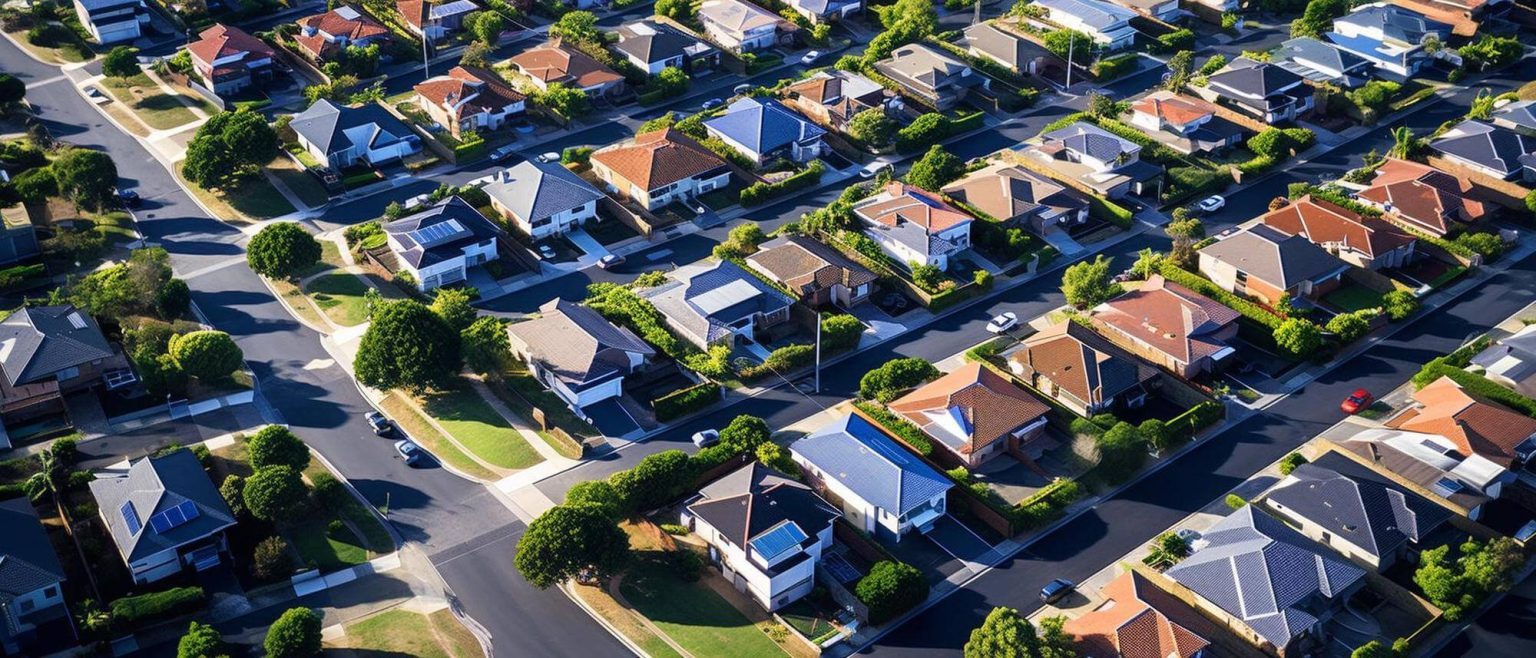Homeowners Associations (HOAs) are important bodies that enforce rules that property owners must follow. These regulations help maintain the residents’ quality of life, protect their property values, and uphold community standards.
If you want to purchase a property, chances are you’ll need approval from the local HOA. They also collect fees from their members for amenity maintenance purposes and other community upkeep.
People who plan to move to the Golden State may find knowing the HOA fees in California worthwhile. Here’s what you can expect to pay for your HOA membership when living in the most populous state in the US.
What Are Average HOA Fees in California?
In a recent US survey, they found that the average HOA fees American homeowners are paying $191. This, however, varies significantly depending on the area you live in.
In California, homeowners pay an average of $300 to $400 for HOA fees. That’s twice as much as what most property owners pay nationwide, making California one of the most expensive places to live in the United States.
However, as in most states, your HOA fee can change based on the city, type of property you have, and services you receive.
Densely populated cities like San Francisco, San Diego, and Los Angeles typically come with higher HOA fees. Luxury buildings with pools, gyms, and staff generally mean more costs, as are older structures that may require major renovations or maintenance.
What Are HOA Fees?
An HOA fee is a periodic charge paid by residential property owners. The money gained by the association through these fees will be used to fund community projects, such as shared amenity maintenance, improvement, and more.
Anyone who owns a home in a neighborhood governed by an HOA is generally required to pay an HOA fee. You can either pay it monthly or annually, depending on your HOA’s guidelines.
Managing these funds effectively requires expertise. That’s why many communities rely on Lifetime HOA to provide budgeting, maintenance coordination, and transparent financial oversight.
In California, the San Francisco metro areas have some of the highest HOA fees in 2025, which can range anywhere from $300 to $1,000. If you’re hoping to find a community that won’t strain your finances, Palm Springs and Palm Desert may be worth considering.
What Do HOA Fees Cover?
HOA fees cover a wide range of projects and services, which explains why someone living in a high-rise or luxury building pays more to their HOA than those who live in a single-family home neighborhood.
Generally, your HOA membership payment will pay for common area maintenance, which can include the following:
- Landscaping projects, such as lawn and garden maintenance
- Provide necessary services like waste disposal
- Upkeep of recreational areas like pools, sports courts, clubhouses, and more
- Fund security systems and staff
- Insurance to protect HOA properties from damage
- Maintenance of roads, sidewalks, parking areas, and other crucial structures
- If you live in a condominium, HOA fees may also cover lobbies, patios, and elevators
In most cases, a portion of the HOA fund will be set aside for major repairs in the future. Your HOA board of directors may also use it for community events. As an HOA member, you may request a financial breakdown of your association’s expenses.
Do You Have to Pay HOA Fees?
Homeowners’ Associations are often established in planned communities and subdivisions. If your house or building falls within these neighborhoods, it typically means you’re automatically a member and will have to pay an HOA fee. The same rule applies to condo owners.
So, if you plan to buy a home or a property, be sure to read the listing information carefully. Real estate listings should mention whether or not the property falls under an HOA, including the potential monthly fees associated with it.
Why Are HOA Fees in California So High?
California has always been notorious for its high cost of living, which impacts how much your HOA pays for maintaining your community. Labor, materials, and utility expenses are generally more costly than in other states.
Many HOAs in the Golden State also provide a wide range of amenities for the homeowners’ use, such as pools, playgrounds, and green spaces, driving membership fees further up.
Still, many property owners observed a concerning rise in California HOA fees. In the Bay Area, for instance, the HOA dues increased by a median of 33% in recent years, with some communities seeing sharper increases than others.
These hikes can be attributed to the skyrocketing insurance premiums, following the devastating effects of major wildfires. Some HOAs experienced a massive 40% increase in their rates in just one year. This, paired with the worsening inflation, may have played a role.
How Are HOA Fees Determined in California?
As in most neighborhoods, HOA fees in California are determined by several factors. That means one city or community may vary greatly in terms of fees from others. Your HOA’s fees are generally calculated based on the following:
- Amenities: You want to look at the amenities and services you’re getting. The more amenities and services, the higher the fees become as they tend to cost more to maintain over time. Those concierge services come with a hefty price!
- Type of Property: Bigger properties will usually mean a larger share of fees. While most HOAs charge a flat fee for all their members, some may impose higher or lower monthly fees based on property size and location within the neighborhood.
- Reserve Fund: Your local HOA may anticipate future repairs, including road resurfacing and roofing repairs, and add them to your monthly bill. This is called an HOA reserve fund, and it acts like a savings account for planned improvements or unexpected expenses.
- Population Density: One of the major factors that can determine HOA fees is population density. Generally speaking, the more residents in an area, the lower the dues as maintenance costs are spread across more people.
The age of the community is another aspect worth looking into before you relocate or purchase a property. Older HOAs may impose higher monthly charges due to more frequent repairs in aging infrastructure.
Do You Have to Pay HOA Fees in California?
Whether or not you need to pay an HOA fee depends on your type of residence. If you live in a subdivision, condominium buildings, or planned communities in California, you’ll most likely need to pay HOA dues.
If you’re a renter, it’s typically your landlord’s responsibility to pay for common charges. However, most landlords also include the HOA fees in the rent. Before renting, be sure to read the lease carefully to determine whether association fees are the tenant’s or landlord’s responsibility.
What Happens if You Don’t Pay HOA Fees in California?
Homeowners’ Associations rely on regular HOA fees to maintain the community. Residents not paying their dues will not only result in reduced curb appeal but will also significantly decrease property values.
If you refuse to pay common charges in California, the law allows your HOA to add an interest or late fee to the delinquent amount. Failure to settle for a set amount of time may also result in the suspension of privileges, barring your access to common facilities.
In some cases, the HOA may attach a lien to the property with outstanding charges. But the homeowner is first given a notice and sufficient time to settle the delinquency. If the parties fail to reach an agreement, the HOA can record the lien in the county records.
In California, you can be evicted for not paying your HOA fees. One month after your HOA records a lien, they can foreclose on your property if your delinquent assessment exceeds $1,800 and is overdue for over one year.
Are HOA Fees Tax-Deductible in California?
Yes, HOA fees can be tax-deductible in California if you meet certain criteria. You may deduct common charges from your tax returns if you use your property for business purposes. Renting out your home, for instance, will make HOA fees a type of business or rental expense.
On the other hand, if you’re using your property solely for personal purposes, HOA fees will be considered personal expenses by the IRS and won’t be tax-deductible.
Whether you’re a board member, property owner, or future resident, understanding HOA fees is essential to protecting your investment. For expert guidance and reliable HOA management in California, contact Lifetime HOA today!
FAQs
Are HOA Fees Negotiable?
Unfortunately, HOA fees are usually mandatory and non-negotiable. This is done to avoid discrimination and promote fairness to everyone in the community.
Can HOA Fees Increase Every Year?
Yes, common charges can increase every year. But this isn’t a universal rule. Most HOAs have a regular schedule to review and adjust their fees based on factors like inflation or future improvements.
Are HOA Fees Monthly or Yearly?
Your HOA obligations can either be monthly or annually. Monthly arrangements are the most common, though some associations can implement quarterly collections.
Can You Refuse to Join an HOA in California?
No, you usually can’t refuse to join an HOA if your property falls under the jurisdiction of the association. Membership is also tied to ownership and is automatic upon purchasing a property.
Do All Condos Have HOA Fees in California?
Virtually all condominium buildings in California have an HOA. As the residents are more likely to share common areas, HOAs serve a crucial role in maintaining the building.
Can You Negotiate HOA Fees Before Buying?
No, you can’t usually negotiate HOA fees before or after buying a property, as it applies equally to all residents. You can, however, as a buyer, negotiate for the seller to cover the first several months of HOA charges.



